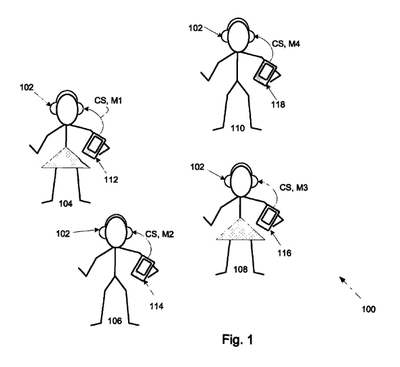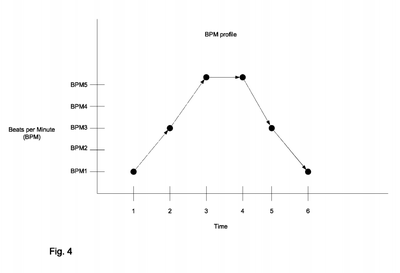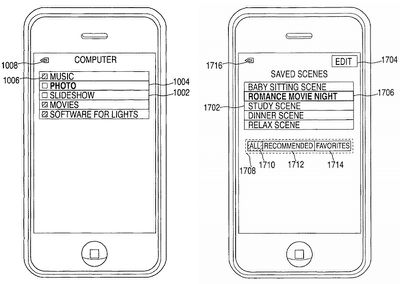According to a new survey from research firm Forrester (via TechCrunch), Apple's iOS phone platform remains the highest priority for mobile software development teams, followed by the Android phone platform and the iOS tablet platform in second and third place respectively. The survey was done by asking 765 software developers creating mobile applications, and addressed not only iOS and Android but also platforms such as Windows Phone and Blackberry 10.
But while the survey shows that the iPhone remains the highest priority for developers, it also shows that more developers target Android phones somewhere in their plans, with 84% of developers planning Android phone support compared to the iPhone at 77%. A similar split is seen in tablets, with iOS being rated as the top priority by the most developers but Android more developers overall planning to support Android.
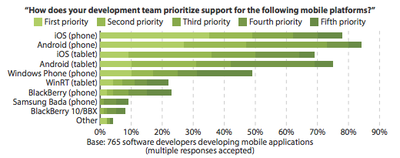
Despite iOS getting this first app mover advantage, more developers target Android phones overall than target iPhones (84% rank Android phones as a priority vs 77% for iPhones). This is to be expected, with Android being on so many smartphones at multiple price-points vs Apple’s limited iPhone portfolio. However the iPad does help to expand Apple’s developer mojo, with 27% of respondents ranking the iPad as their second priority device vs around a fifth putting the same level of importance on Android tablets. By contrast Windows RT tablets are being largely ignored by developers, according to Forrester’s data.
Apple is set to release iOS 7, the next version of its mobile operating system, in the next couple of months, likely fairly soon after the company's September 10 media event.




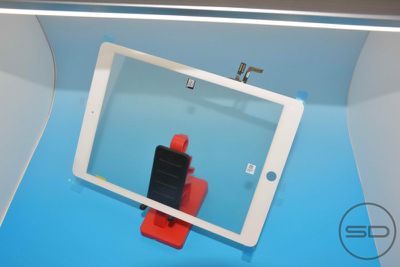
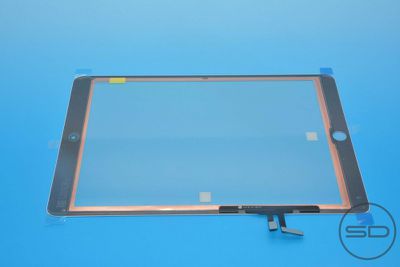

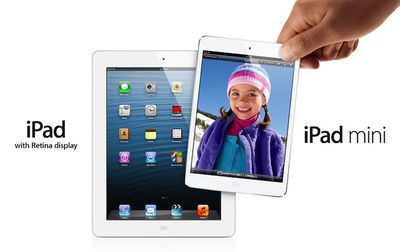

 Swedish news agency
Swedish news agency 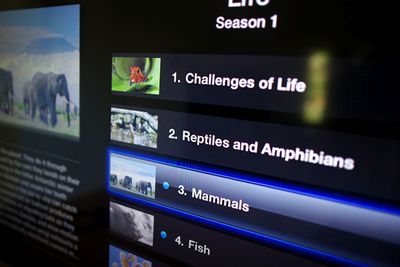
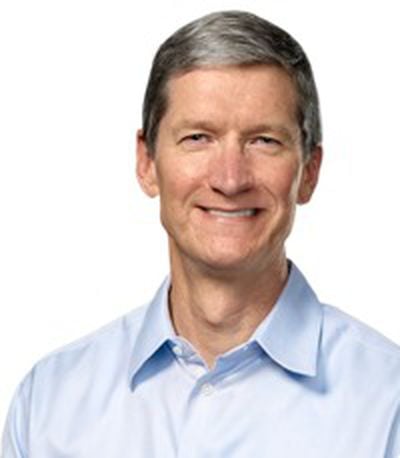 Two Apple executives received vested restricted stock units (RSU) last week, according to documents filed with the SEC. Apple CEO Tim Cook received 72,877 shares of Apple stock as part of the
Two Apple executives received vested restricted stock units (RSU) last week, according to documents filed with the SEC. Apple CEO Tim Cook received 72,877 shares of Apple stock as part of the  The Omni Group today
The Omni Group today 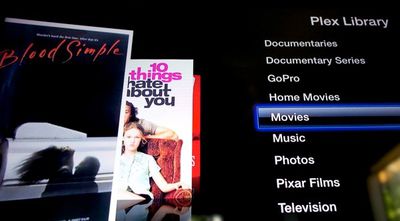
 Judge Denise Cote today
Judge Denise Cote today 